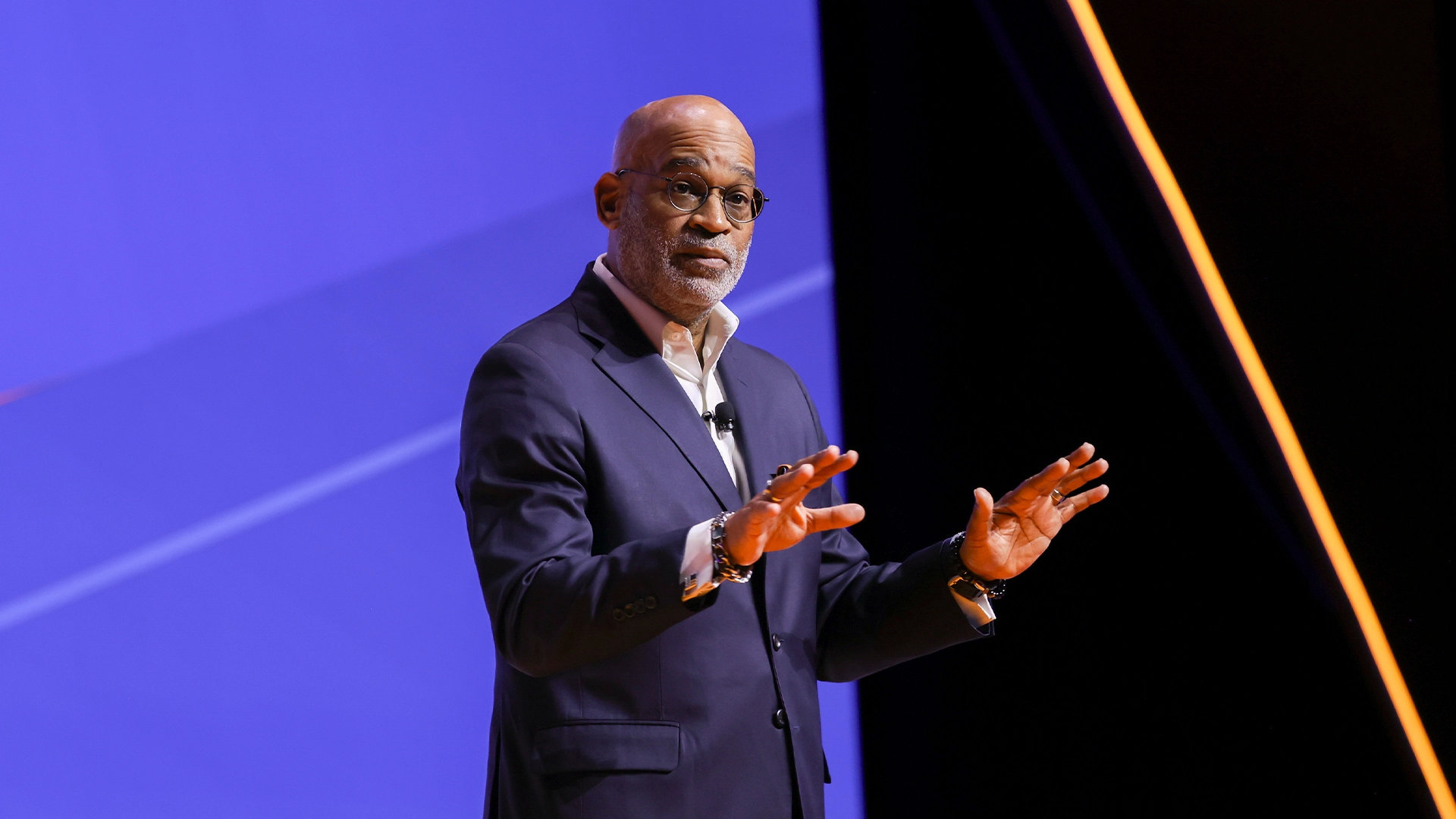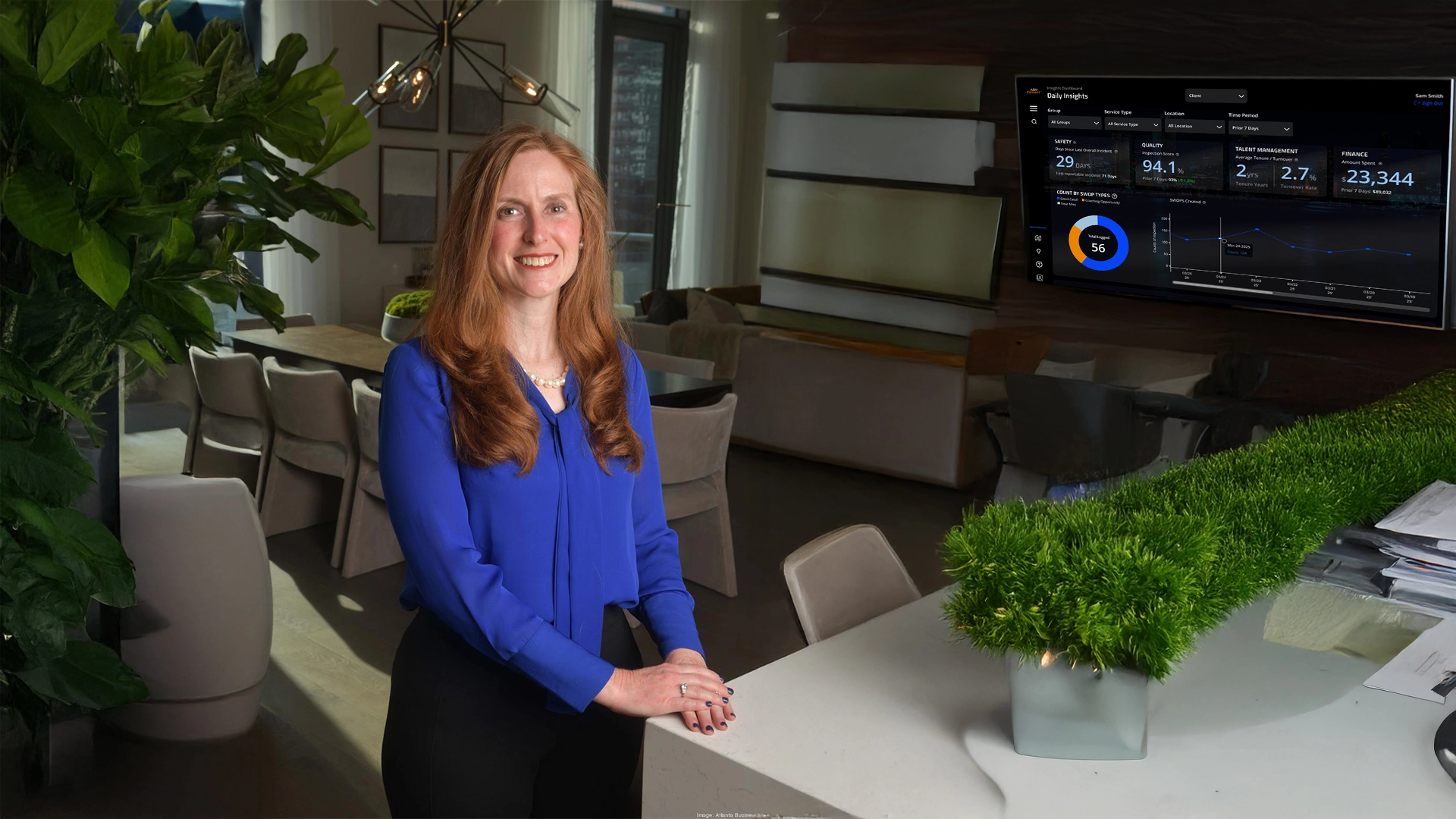Your Guide to Lighting Retrofits
Illuminating Effects of Lighting Upgrades
Introduction
If lighting has been on the bottom of your priority list, now may be the time to consider the updates that your facility could benefit from. Whether your building calls for ballast retrofits, LED color tuning, or energy-efficient luminaires, improving your lighting setup can be the first step towards a safer, healthier, more productive building environment.
This guide will cover the numerous benefits of upgrading your facility's lighting system, like substantial energy savings, increased occupant productivity, positive environmental impacts, and more.
Significant Energy Savings
On average, lighting can account for a third of a building's energy use and potentially more if the facility has outdated, inefficient lighting.1 Delaying lighting upgrades due to budget restrictions or low prioritization only leads to greater operational hassles and increased bills down the road. In fact, investing in more energy-efficient lighting can result in a significant ROI within a two-year period, with upgrades typically saving between 40 to 60% on energy costs.1,2
When compared with common outdated bulbs like florescent or incandescent, the contrast is stark. LED bulbs produce light up to 90% more efficiently than incandescent light bulbs.3 This increase in efficiency not only saves money on energy costs, but also helps to extend bulb life, resulting in increased value per fixture.4
Increased Occupant Comfort and Productivity
With the average American spending 90% of their time indoors, ensuring your spaces are well-lit and conducive to collaboration and achievement is crucial to operational success.5 Although the importance of quality lighting can often be overlooked, research suggests that 68% of employees complain about the lighting situation in their offices.6 Quality lighting in occupant spaces can mean countless operational benefits. In manufacturing facilities alone, installing LED lighting can improve overall alertness, visibility, reduce shadowing, and enhance color recognition, resulting in increased efficiency and overall productivity.7
It's also important to note that upgrading lighting systems with bigger and brighter bulbs doesn't necessarily equal increased productivity. Taking into account more detailed lighting elements like wall reflectance levels to minimize glare, intuitive light tuning throughout the day, and minimized shadows can help ensure maximized occupant satisfaction and productivity.8
LED vs. Traditional Bulbs
- Light Emitting Diode (LED): With an average performance time of 25,000 hours, LED bulbs are the most cost-effective and eco-friendly of the three bulb options. LED bulbs also provide benefits such as durability, maximized light disbursement, and customizable design flexibility.9
- Compact Florescent Lamp (CFL): While cheaper than the average LED bulb, CFL bulbs require more energy and therefore, cost more money. The average lifespan of CFL bulbs is about one-third of LED bulbs, spotlighting a clear winner when it comes to value.10
- Standard Incandescent: The outdated incandescent bulb doesn't hold a candle in comparison to it's more energy-efficient counterparts. While a cheaper price tag might initially attract buyers, this antiquated form of lighting will end up costing you in the long run. For example, a 25,000-hour runtime would cost $169, compared to the $30 energy cost to light an LED.10
Increased Safety
Fulfillment centers and warehouses involve complex operations and demand seamless workflows. Poor or outdated lighting setups can not only disrupt and delay system processes but can also become a risk for worker injuries. Light flickering, glare, and improper contrast are all issues that can lead to consequences like eye strain, operational mistakes, and physical injuries.11
Light layering (categorized as general, task, and accent) can help add dimension to a space, making it more attractive to tenants while preventing costly downtime and worker discomfort.12
Three Types of Workplace Lighting12
1. General: Provides comfortable, balanced overall light to a space.
2. Task: Provides glare-free illumination for specific tasks, like product assembly, storing inventory, or quality control.
3. Accent: Can be used in lobbies or break rooms to provide a focal point of illumination that highlights specific features of a space.
Reduced Carbon Footprint
What if there was a way to increase eco-friendly operations while saving money on costs and providing a more productive work environment for occupants? By making the switch to LED bulbs, you can accomplish all three and more. According to lighting experts at Phillips Lighting North America, if all the lighting in the world's non-residential buildings was switched to energy-efficient solutions, we would save $80 billion on electricity costs and avoid emitting 330 million tons of carbon dioxide into the atmosphere.¹
Unlike fluorescent or incandescent bulbs, LED lights are free of toxic chemicals, like mercury and lead.13 In addition, their long operational lifespan means that one LED bulb can save the material and production of 25 incandescent light bulbs.14
Plan for a brighter facility future with ABM Lighting Solutions
Sources:
1. Lighting Upgrades Bring Energy Savings - Facilities Management Insights (facilitiesnet.com)
2. Lighting Upgrades And Facility Management (facilityexecutive.com)
3. Learn About LED lights | ENERGY STAR
4. Commercial lighting upgrade ideas and benefits - RenovationFind Blog
5. Indoor Air Quality | US EPA
6. How Office Lighting Affects Productivity | Andrew Jensen
7. How LED Lighting Affects Manufacturing Productivity | Green Tech Solutions Group, LLC.
8. Aim for Goals for Lighting Retrofits, Including Higher Productivity - Facilities Management Insights (facilitiesnet.com)
9. LED Lighting Benefits - How to - Energy Management - IUP
10. Comparing LED vs. CFL vs. Incandescent Light Bulbs - NOPEC Blog 11. Lighting Ergonomics - Survey and Solutions: OSH Answers (ccohs.ca)
12. How the 3 Types of Lighting Work Together (lumaxlighting.com)
13. Toxics in Products | Department of Toxic Substances Control (ca.gov)
14. LED Lighting Benefits - How to - Energy Management - IUP




